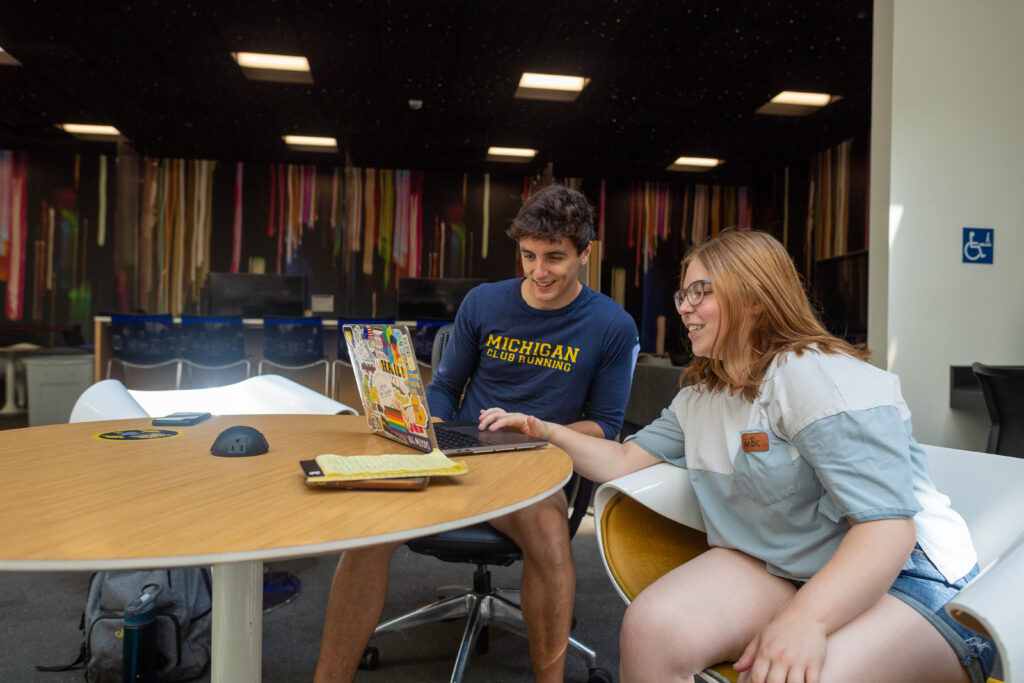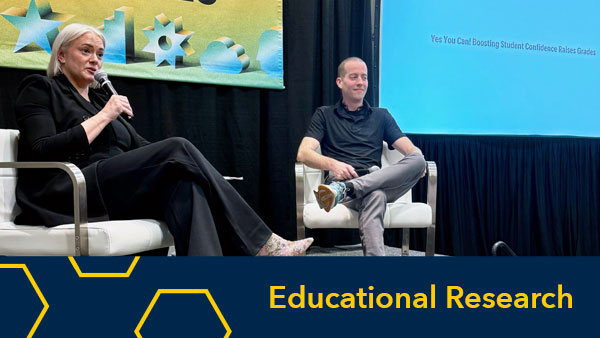
Center for Academic Innovation and Quantum Thinking surveyed leaders of more than 100 higher ed institutions nationwide
Sean Corp, Communications Lead
A new survey of higher education leaders across the nation shows the increased emphasis and investment in academic innovation and support for faculty and students using innovative technologies and curricular change.
The Leading Academic Change National Survey 2.0 collected information from more than 100 higher education institutions of varying sizes, from R1 research institutions to community colleges, to gauge innovation priority areas and support structures across the country.
The Center for Academic Innovation and Quantum Thinking collaborated on the survey, which compares persistent priorities and emerging needs to the first academic innovation survey conducted a decade ago by Quantum Thinking and partners at the University System of Maryland’s William E. Kirwan Center for Academic Innovation.
Anne Keehn, founder and CEO of Quantum Thinking, and Cait Hayward, director of research and analytics at the center, served as co-principal investigators of the new survey.
Increased Investment in Innovation
The survey found that nearly 22% of units charged with academic innovation have started in the past four years alone. Staffing for innovation units in higher education has also grown significantly, from an average of 6.4 full-time professional staff in 2014 to 30 in 2024, with commensurate financial commitments supporting innovation work.
While this growth was influenced by the COVID-19 pandemic, which saw a shift to remote instruction, the commitment has persisted, and innovation goes beyond investments in technologies and digital instruction, said Hayward.
“One thing we hear from innovation leaders across institutions is how much bigger academic innovation is than just technology,” she said. “It includes rethinking the design of schools holistically, evaluating and transforming pathways to higher education, reshaping student support services, and reimagining how teaching happens in a way that improves academic outcomes.”
GenAI and Impacting Student Success are Innovation Priorities
Other key survey findings include priorities for academic innovation efforts across the country, including building skills related to generative AI, retaining qualified staff for specialized work, and improving student success.
“Significant investments are being made in innovation of all kinds,” Hayward said. “That is because these institutions know that to stay relevant today, they have to serve students successfully in various formats, including in-person experiences, hybrid learning, and online instruction.”
Because technology and how students engage with higher education are rapidly evolving, Hayward said comparing this year’s data to the original 2014 study was informative.
“Having a wealth of data 10 years apart across a wide range of academic institutions provides us with a look at how academic innovation needs and priorities are evolving,” said Nate Cradit, a senior research scientist at the center who worked on the survey design and analysis. “We have a good sense of how things have changed in the past 10 years, and that gives us more context to think about where things are likely to head next.”
Building Sustainable Innovation Communities
The full report looks at how innovation is funded within higher education, including financial support, reporting lines, and whether it is served by a centralized unit or a priority shared among multiple units. It also includes data on budget and staffing levels, including challenges to sustainable funding, technology adoption, generative AI, engagement with online program management providers, diversity, equity, and inclusion issues, and how innovation units engage their campus communities.
“While GenAI wasn’t on anybody’s radar 10 years ago, several issues have persisted, largely around how to best serve students and best engage faculty in new ways of teaching and learning. That is what the leaders we surveyed highlighted, and our goal is that this report serves as a starting point to build communities and engage in conversations on how to positively impact campuses nationwide,” Hayward said.
The full summary report on the survey, including data tables, a participant list, and details on how the survey was conducted, is available on the Center for Academic Innovation website. You can also find more information about the national survey on the Quantum Thinking website.


